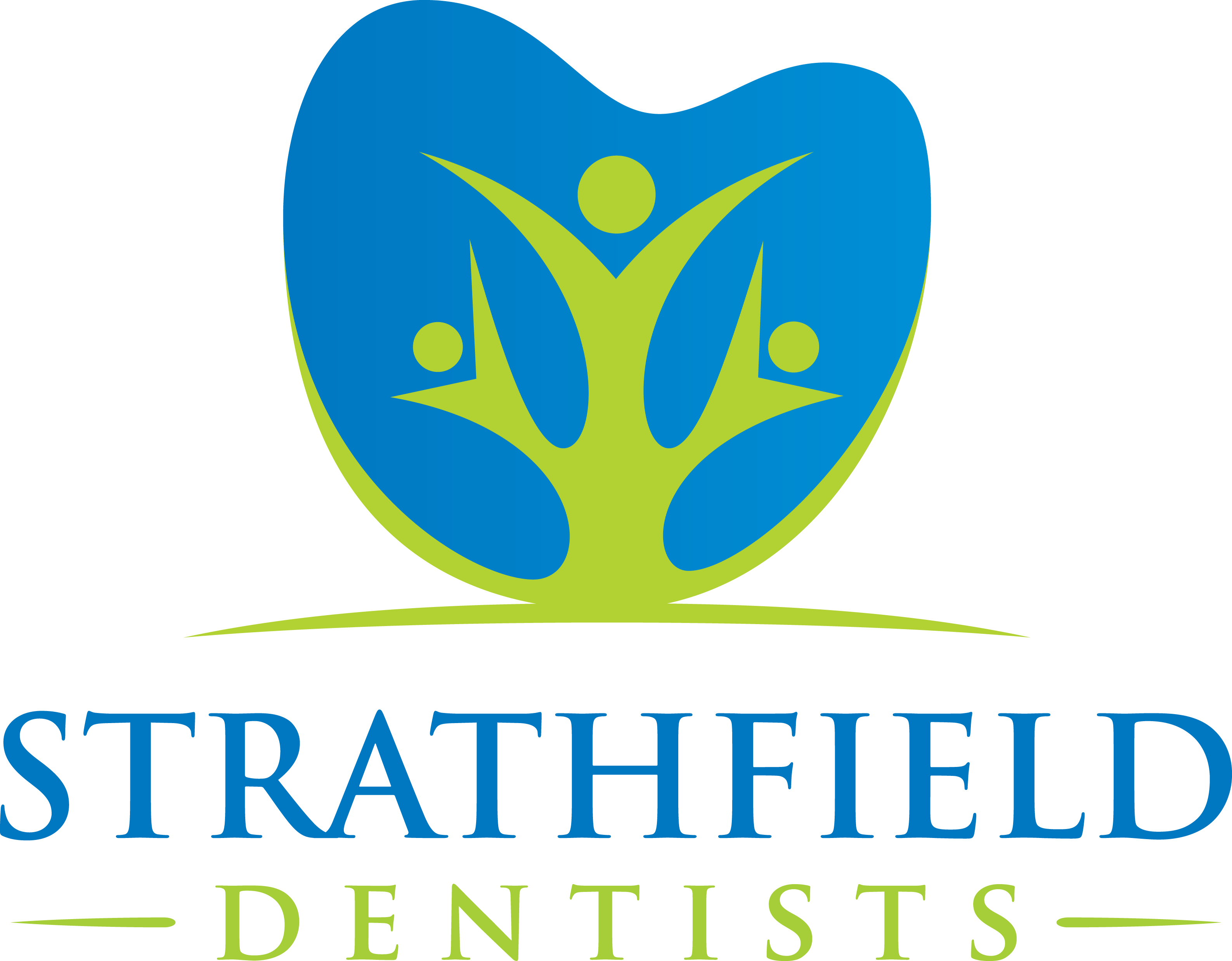Services
Preventative Treatments
Scaling and cleaning
Everyone gets plaque on their teeth. Brushing and flossing remove this sticky bacterial build-up. Over time, some plaque goes on to harden to become tartar (calculus). Brushing and flossing cannot remove this hard build-up.
Your dentist has the right tools to remove calculus.
We recommend our patients have a scale and clean every 6 months for good oral health.
Fluoride Treatment
Fluoride is a naturally occurring element which is found in most water sources. It is nature’s way of protection against the acid attacks from plaque, food and drink which cause tooth decay. Fluoride helps to repair the initial stages of tooth decay before it can be detected.
Apart from the fluoride which has been added to drinking water, fluoride can be applied directly onto teeth. We do this every time we use fluoridated toothpaste.
A regular professional application of fluoride at the dentist helps to bolster the protection your teeth.
Periodontal Treatment
Periodontal disease is inflammation of the gums caused by plaque and tartar (calculus). Plaque is a sticky film of bacteria which builds up on teeth. Left for long enough, plaque hardens to form calculus or tartar.
Plaque and calculus are caused by teeth which have not been thoroughly enough or frequently enough.
Gingivitis
In the early stages, an inflammation of the gums occurs. Bleeding on brushing or flossing is a sign of gingivitis.
Periodontitis
As the inflammation progresses, it starts to affect the bone that support the teeth. With worsening infection comes, gum pockets and gum recession. Left for long enough, teeth can become loose, fall out or become abscessed.
Who is at risk?
Risk of developing periodontitis has been found to be strongly associated with genetic factors i.e. if your close relatives have had periodontitis, you are at risk of developing periodontitis.
Other factors associated with periodontitis are:
- smoking
- diabetes
- heart disease
- osteoporosis
It is important if you have been diagnosed with these conditions, that your periodontitis is treated. Untreated periodontitis has been found to worsen some medical conditions.
Diagnosis and Treatment
Diagnosis is by full gum examination and full-jaw x-ray (OPG).
A course of treatment will be prescribed based on the diagnosis. This usually involves deep cleaning of the gums at 3 or 6 month intervals, depending on severity.
A referral to a periodontist may be recommended if the periodontitis is particularly severe, or unresponsive to conventional treatment.
It is particularly important that a home regime of regular oral hygiene is followed.
Fissure Sealants
Fissures are the grooves which are found on the biting surfaces of teeth. When fissures are very deep and narrow, toothbrush bristles are unable to get into them to clean out food and bacteria. As a result, fissures are five times more likely to decay than any other tooth surface.
Children and adolescents are most prone to fissure decay. The best time for them to be applied is immediately after the permanent teeth appear in the mouth.
Fissure sealants are barrier coatings placed in the fissures to protect them from plaque and food getting trapped. This coating ‘seals off’ the fissures.
The sealant may be reapplied as needed.
Fissure sealants are a painless procedure, offering children and adolescents decay prevention when and where they are most vulnerable.
